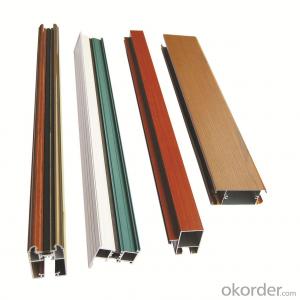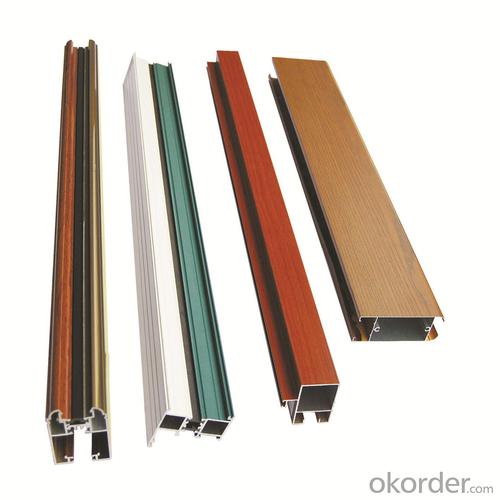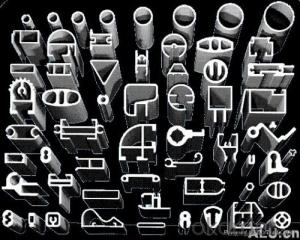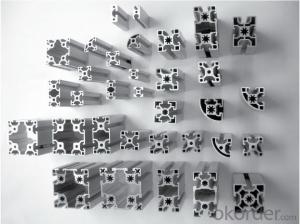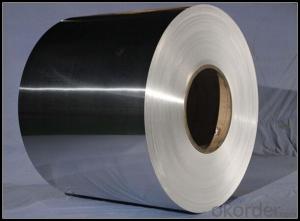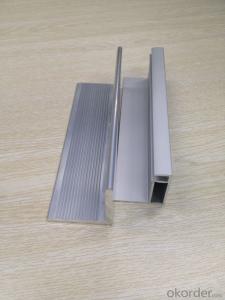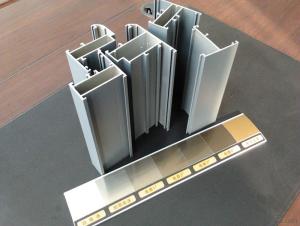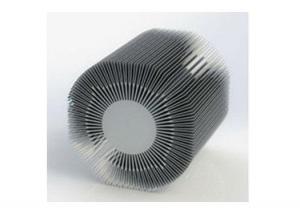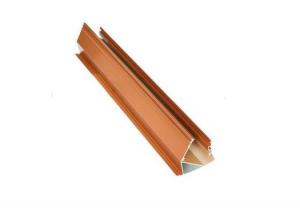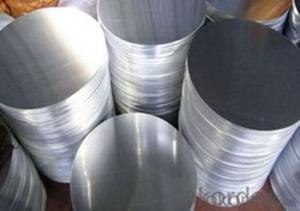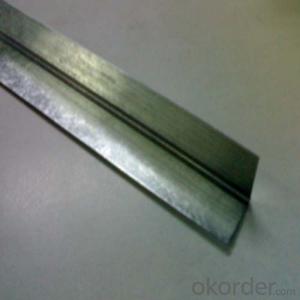Top Quality Aluminum Angle Profiles
- Loading Port:
- China Main Port
- Payment Terms:
- TT OR LC
- Min Order Qty:
- -
- Supply Capability:
- -
OKorder Service Pledge
Quality Product, Order Online Tracking, Timely Delivery
OKorder Financial Service
Credit Rating, Credit Services, Credit Purchasing
You Might Also Like
Material | Alloy 6063,6061,6005or according to customer’s choice |
Temper | T3, T4, T5, T6 |
Surface | Anodize, electrophoresis, powder coating, PVDF coating, wood grain painting, matted, etc. |
Color | Any colour based on Standard Germany RAL Mark |
Length | Coating 6.5 meters, Anodizing 6.5 meters, Mill finish 5 meters |
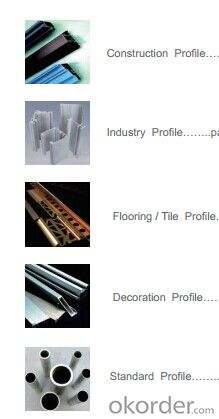
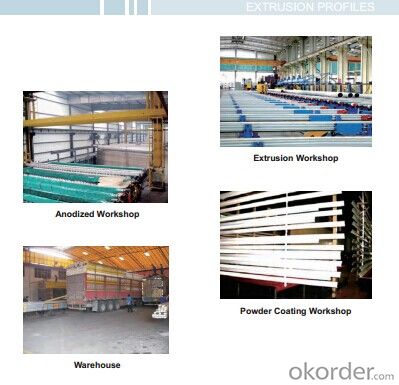
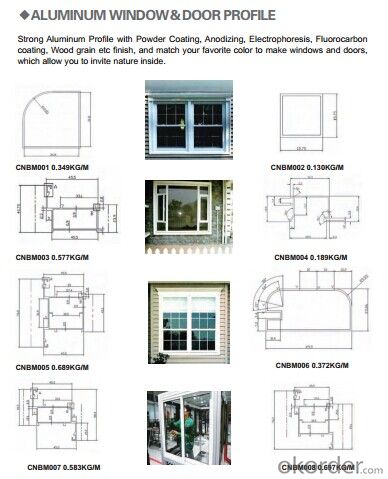
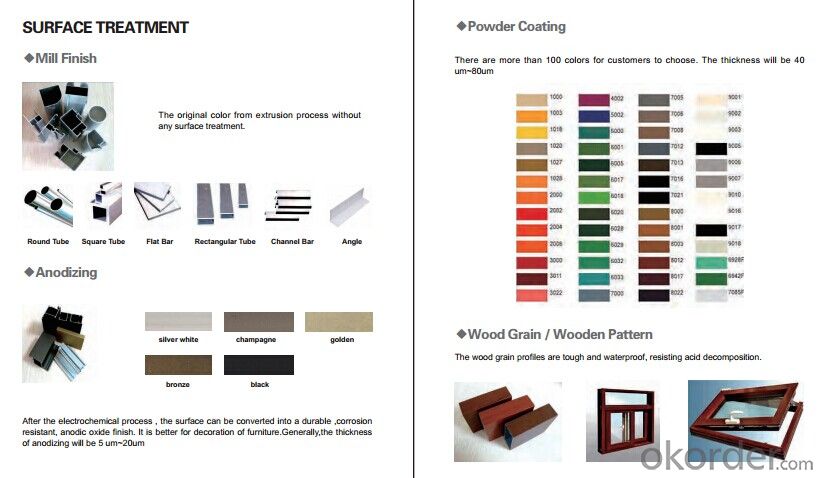
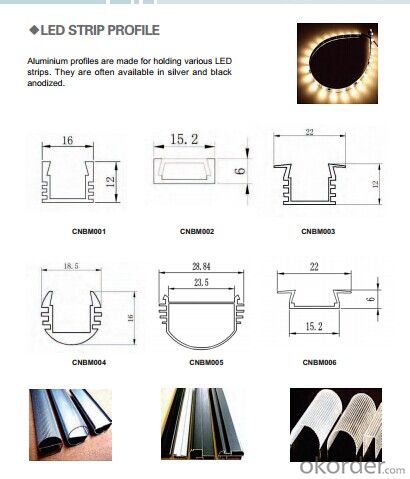
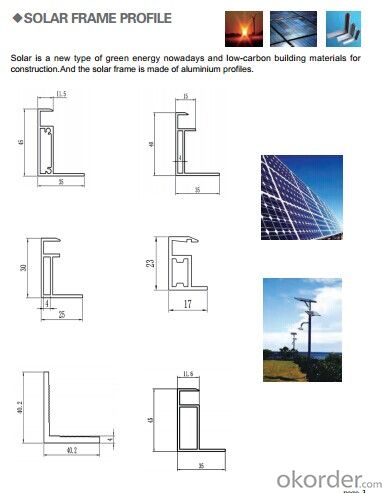
- Q: What are the different fastening options available for aluminum profiles?
- There are several different fastening options available for aluminum profiles, depending on the specific application and desired functionality. Some common fastening options include: 1. Screws: Using screws is a widely used method to fasten aluminum profiles. They can be easily installed and provide a strong and secure connection. Self-tapping screws are often used, as they create their own threads in the aluminum profile. 2. Bolts and nuts: Bolts and nuts offer another reliable fastening option for aluminum profiles. They provide a strong connection and can be easily tightened or loosened as needed. It is important to select the appropriate bolt and nut size and ensure proper tightening to prevent stripping or loosening of the connection. 3. T-slot nuts: T-slot nuts are designed specifically for T-slot aluminum profiles, which have a groove along the length of the profile. T-slot nuts slide into the groove and can be easily positioned and tightened using a hex key. They provide a versatile and adjustable fastening option, allowing for easy repositioning or modification of the profile. 4. Clamps: Clamps are commonly used to secure aluminum profiles together or attach other components to the profile. They come in various designs, such as corner clamps or angle clamps, and provide a quick and easy way to assemble or disassemble aluminum structures. 5. Adhesives: Adhesives can be used to bond aluminum profiles together, offering a clean and seamless appearance. However, the strength of the bond may vary depending on the adhesive used and the surface preparation. It is essential to select an adhesive specifically designed for aluminum and follow the manufacturer's instructions for proper application. 6. Welding: Welding is a permanent fastening option for aluminum profiles. It involves melting the aluminum material and fusing it together, creating a strong and durable connection. However, welding requires specialized equipment and skills, making it a more complex and time-consuming process. It is important to consider the specific requirements of the application, such as load-bearing capacity, adjustability, or disassembly needs, when choosing the appropriate fastening option for aluminum profiles. Consulting with experts or manufacturers can help in selecting the most suitable fastening method for a particular project.
- Q: This question asks about the effects of utilizing aluminum profiles in the construction industry on the environment.
- <p>The environmental impacts of using aluminum profiles in construction are multifaceted. On the positive side, aluminum is lightweight and strong, reducing the amount of material needed and potentially decreasing energy consumption in transportation. It is also recyclable, which can reduce waste and the need for raw material extraction. However, the production of aluminum requires significant energy, often from non-renewable sources, contributing to carbon emissions. Additionally, while recycling reduces environmental impact, it still consumes energy and can generate waste. The longevity and durability of aluminum can lead to less frequent replacement, reducing construction waste, but improper disposal can lead to pollution. Overall, the environmental impact depends on the balance between these factors and the specific practices of aluminum production and use in construction.</p>
- Q: What are the different surface texturing options for aluminum profiles?
- Aluminum profiles have a variety of surface texturing options to choose from, each with its own unique benefits and aesthetic appeal. Some of the common options include: 1. Brushing or Satin Finishing: By using abrasive brushes, a linear or circular pattern can be created on the surface of the aluminum profile. This technique provides a visually appealing smooth and matte finish, effectively hiding minor imperfections. 2. Anodizing: Anodizing is a widely used method that involves creating an oxide layer on the aluminum surface. This not only enhances the profile's corrosion resistance but also allows for the application of different colors, making it an excellent choice for decorative purposes. 3. Polishing: The process of mechanically smoothing the surface of the aluminum profile achieves a reflective finish. Polishing is commonly used in architectural applications where a high-gloss appearance is desired. 4. Powder Coating: Powder coating is a versatile and durable surface treatment option. It involves electrostatically applying a dry powder to the profile, followed by curing under heat. This creates a protective and decorative coating that offers a wide range of color options and excellent resistance to weathering, suitable for both interior and exterior applications. 5. Textured Coating: This specialized powder coating technique provides a unique texture and appearance to the aluminum profile. It can mimic textures like wood grain or stone, adding a distinctive look to the profile. 6. Chemical Etching: By selectively removing material from the surface using chemical solutions, intricate patterns or designs can be created. Chemical etching is ideal for decorative or branding purposes. 7. Laser Engraving: Laser engraving is a precise and versatile method for creating patterns, logos, or text on the surface of aluminum profiles. The laser beam removes material, leaving a permanent mark. This technique offers high precision and customization options, making it suitable for branding and personalization. These examples showcase the range of surface texturing options available for aluminum profiles. The choice of method depends on the desired appearance, functionality, and application of the profile.
- Q: Are aluminum profiles suitable for exhibition booths?
- Yes, aluminum profiles are suitable for exhibition booths. Aluminum is a versatile and lightweight material that offers various benefits for exhibition booth construction. Firstly, aluminum profiles are easy to work with and can be easily cut, drilled, and assembled to create custom booth designs. This flexibility allows for creativity and customization to meet specific booth requirements. Additionally, aluminum profiles are highly durable and long-lasting. They are resistant to corrosion, rust, and other environmental factors, which ensures that the exhibition booth can withstand the rigors of multiple events and maintain its appearance over time. This durability also makes aluminum profiles a cost-effective choice, as they require minimal maintenance and can be reused for future exhibitions. Furthermore, aluminum profiles offer a sleek and professional aesthetic that can enhance the overall presentation of the exhibition booth. The material can be finished with various coatings, such as paint or anodizing, to achieve the desired look and branding. Moreover, aluminum profiles can be easily integrated with other materials, such as glass, acrylic, or fabric, to create visually appealing displays within the booth. Lastly, aluminum profiles provide structural stability while remaining lightweight. This is crucial for exhibitors who need to transport and assemble their booths frequently. The lightweight nature of aluminum profiles makes them easy to handle, reducing logistical challenges and costs associated with booth setup and dismantling. Overall, aluminum profiles offer numerous advantages that make them suitable for exhibition booths. Their versatility, durability, aesthetic appeal, and ease of use make them an excellent choice for exhibitors looking to create eye-catching and functional booth designs.
- Q: What are the possible alternatives to aluminum extrusions in the construction industry?
- <p>Yes, there are several alternative materials that can replace aluminum extrusions in construction projects. These include steel, which is strong and durable but heavier; fiberglass, known for its lightweight and corrosion resistance; and thermoplastics like PVC, which are cost-effective and easy to work with. Each material has its own advantages and limitations, and the choice depends on the specific requirements of the project, such as strength, weight, cost, and environmental factors.</p>
- Q: Is it possible to tailor aluminum profiles to fulfill particular design and aesthetic needs?
- <p>Yes, aluminum profiles can be customized to meet specific aesthetic requirements. Manufacturers offer a variety of finishes, colors, and surface treatments to enhance the visual appeal of aluminum profiles. Additionally, the profiles can be cut, bent, and shaped to fit unique design specifications. This customization allows for a high degree of flexibility in creating structures and designs that are both functional and visually appealing, making aluminum profiles suitable for a wide range of applications from architectural to industrial design.</p>
- Q: Can aluminum profiles be utilized in creating distinctive architectural designs and styles?
- <p>Yes, aluminum profiles can be used to create unique architectural designs and styles. They are favored for their strength, durability, and versatility. Architects can manipulate aluminum to achieve a wide range of shapes and structures, from sleek modern designs to traditional styles with a contemporary twist. Aluminum's lightweight nature and resistance to corrosion make it an ideal material for both interior and exterior applications, allowing for creative freedom in architectural expression.</p>
- Q: This question asks about the various types of fastening mechanisms used to attach exterior walls to the structural frames of buildings.
- <p>Different types of fasteners used to secure exterior walls to building frames include nails, screws, bolts, and anchors. Nails are commonly used for wood-framed structures, while screws offer greater holding power. Bolts are used in steel or concrete structures and can be either through-bolts or expansion bolts. Anchors, such as masonry or concrete anchors, are used for securing to masonry or concrete walls. Additionally, adhesives and mechanical fasteners like clips and brackets are also used depending on the material and design of the exterior wall and building frame.</p>
- Q: This question asks for an explanation of the various techniques employed in the manufacturing process to create aluminum profiles.
- <p>Aluminum profiles are produced using several manufacturing methods, primarily including extrusion, casting, and rolling. Extrusion is the most common method, where aluminum is heated and forced through a die to take on a desired shape. Casting involves pouring molten aluminum into molds to create specific forms. Rolling is used to produce flat sheets or plates by passing aluminum between rollers. Other methods include forging, which shapes aluminum by applying compressive force, and machining, which involves cutting and shaping aluminum with tools. Each method has its applications depending on the desired profile shape, strength, and surface finish.</p>
- Q: What is the tolerance of aluminum profile extrusion?
- The minimum wall thickness of the profile is only 0.4 mm, and the tolerance requirement is + 0.04mm.. The extrusion production process is very strict with the equipment, tooling and process requirements. This extrusion technique is often referred to as precision extrusion.1. Examples of precision aluminum extrusionThere are a number of small precision aluminum profile tolerances than JIS standards in the special class of less than half of the tolerance, general precision aluminum requirements of the dimensional tolerance between 0.04 to + 0.07mm.Potentiometer for precision aluminum section "]" profile weight 30 g / m, section size tolerances for precision aluminum profile + 007 mm. loom for "-", section size tolerance is + 0.04mm, the deviation angle less than 0.5 degrees, the bending degree is 0.83 * L.A1050, A1100, A3003, A6061, A6063 (low strength alloy) small precision extrusion the minimum wall thickness of 0.5mm, 20mm2.A5083, A2024, minimum basal area (A7075, medium and high strength Aluminum Alloy) small precision extrusion minimum wall thickness is 0.9mm, the minimum area of 110mm2.Examples of dimensional tolerances for precision aluminium profilesDimension /mm tolerance allowance /mmJIS special grade, small, preciseA 2.54 + 0.15 + 0.07B 1.78 + 0.15 + 0.07C 3.23 + 0.19 + 0.07
Send your message to us
Top Quality Aluminum Angle Profiles
- Loading Port:
- China Main Port
- Payment Terms:
- TT OR LC
- Min Order Qty:
- -
- Supply Capability:
- -
OKorder Service Pledge
Quality Product, Order Online Tracking, Timely Delivery
OKorder Financial Service
Credit Rating, Credit Services, Credit Purchasing
Similar products
Hot products
Hot Searches
Related keywords
